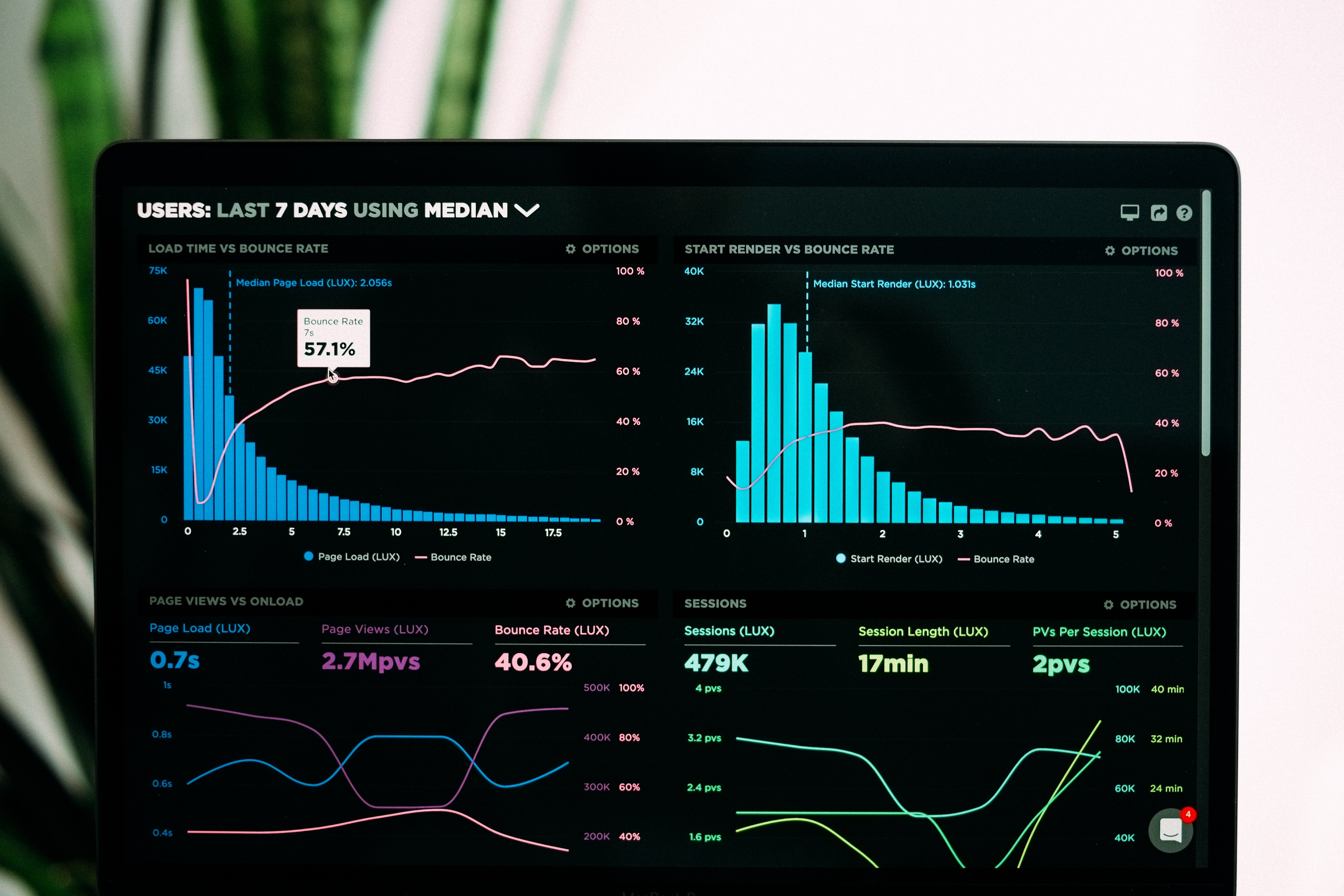The term "vanity metrics" is generally used one of two ways. The original use of the term describes data that looks good but doesn't offer a useful insight into the business impact of your activities or the impact on the behaviour of your target audience.
As data sits at the core of making good marketing decisions and demonstrating value, we thought we'd dig into what makes a vanity metric and explain how to create actionable metrics for your team.
Vanity metrics vs actionable metrics
Vanity metrics are data points that appear positive but don't contribute to good decision making. Vanity metrics usually tend to suggest easily manipulable data or data that is misleading and could contribute to poor decision making.
Actionable metrics are those that suggest what the business should do moving forward. An actionable metric provides the basis for a decision and should inform the future behaviour of the firm.
You've heard the definitions plenty of times, I'd wager most marketers and folk in business know the distinction between these two. In practice though - discerning if a metric is vanity or actionable is much more nuanced.

Identifying vanity metrics
When people, and particularly people outside the marketing or business development profession say "vanity metrics", they can really mean "data that isn't relevant, data that I don't understand or data I disagree with".
There is a hint there for the savvy marketer. One person's highly relevant and useful datapoint can be someone else's vanity metric. The usefulness of a particular datapoint depends highly on the audience.
Useful data for a partner or sector head is going to be entirely different to the data that your Business Development and Marketing teams need to make decisions and understand customers.
A report that goes to a sector head with cost per click and view through impression data is less likely to be actionable than a list of clients and prospects engaged during the same period.
That is not to say that cost per click data or view through impression data are vanity metrics - they are hugely useful in making marketing decisions - but they are not likely to help demonstrate value at the highest levels of your firm.
The point here is that your data is not inherently good or bad. You need to understand what data your stakeholders will value and deliver that. For some that will be a list of names or logos of clients engaged with, for others that will be a breakdown of mentions in the press, some of your stakeholders will value qualitative feedback etc.

Creating actionable metrics in professional services
Vanity is in the eye of the beholder so to speak. So if you are to best demonstrate value and help your firm make decisions with data the key is to understand what your data's audience needs and tailoring your reporting to suit that.
The first step here is breaking down the audience for your metrics. Generally, audiences fit into four boxes based on how close they are to the marketing function and whether they are decision making, strategic people or are focused on a more executional level.
These are best illustrated in a matrix:

Bottom right - Marketing & BD
At the bottom right you have the marketing & bd teams. Data is most useful here for discovering what is working, this data is highly functional and often focuses on minute differences within a split test or the difference in engagement between two types of content.
Bottom left - Fee earners, subject matter experts
In the bottom left, with low proximity to marketing and low strategic focus are the fee earners and subject matter experts. For this audience, showcase the type of behaviour and the relevant results it generates. You might highlight a post from a particular fee earner and the firms it has influenced. The point here is to be specific and understand that at this level personal competitiveness and career impact speaks louder than macro-level metrics.
Top right - Marketing & BD Leadership
At the top right there is the marketing and business development leadership. This group have a high strategic focus but can better understand and make use of metrics that might otherwise mean little to the rest of the business. For this quadrant, your metrics are the bridge between marketing execution and marketing goals. What this means is that you need to include both the data on whether you are achieving the high-level goals or not alongside the leading indicators to show whether the activities you are completing are contributing. As an example, your advertising campaign should show that you are driving engagement from key prospects as well as the mid-level metrics like total views and cost per click that contribute to the engagement metrics.
Top left - Business leadership
Finally, we have the business leaders like the managing partner and sector heads in the top left. This group are your "one-page summary or less" folk. Ideally, you have few data points that are of the highest importance possible delivered to this quadrant. Be visual with this data link your data points to the strategic vision for the business and make sure that they are revenue focused. You don't need to directly suggest that marketing has delivered x amount of revenue but you can show how marketing has reached and engaged the clients and prospects that determine success for the business.
A point to make with all these audiences is that your metrics for each audience can grow and adapt over time as the audience's understanding of the marketing mission matures. At the beginning of your work with the bottom left cohort you might be outlining how many posts each author is doing, as that audience becomes savvier you might work in what type of posts and subjects are performing the best.
How to approach vanity metrics
It is so intimidating to put a report on the desk of the Managing Partner. It becomes even more intimidating if someone senior in the business tells you something on that point is a "vanity metric".
Just like the impact of a campaign is worth the stress of executing it, so to is the impact and behavioural change of a marketing report worth the stress of bringing it together.
The best advice you will get is to tailor your metrics to your audience and to start simply.





/Passle/53d0c8edb00e7e0540c9b34b/MediaLibrary/Images/2025-06-24-15-50-59-531-685ac963d81bf11b7522dd8e.png)
/Passle/53d0c8edb00e7e0540c9b34b/MediaLibrary/Images/2025-12-18-10-52-26-493-6943dceac311190ddba15d64.jpg)
/Passle/53d0c8edb00e7e0540c9b34b/MediaLibrary/Images/2025-12-16-15-16-25-843-694177c9190f803408651724.jpg)
/Passle/53d0c8edb00e7e0540c9b34b/MediaLibrary/Images/2025-12-09-11-05-31-284-6938027b1b6076d9d8980f1e.png)
/Passle/53d0c8edb00e7e0540c9b34b/MediaLibrary/Images/2025-12-04-20-27-35-105-6931eeb7f170698845c6b19b.jpg)



